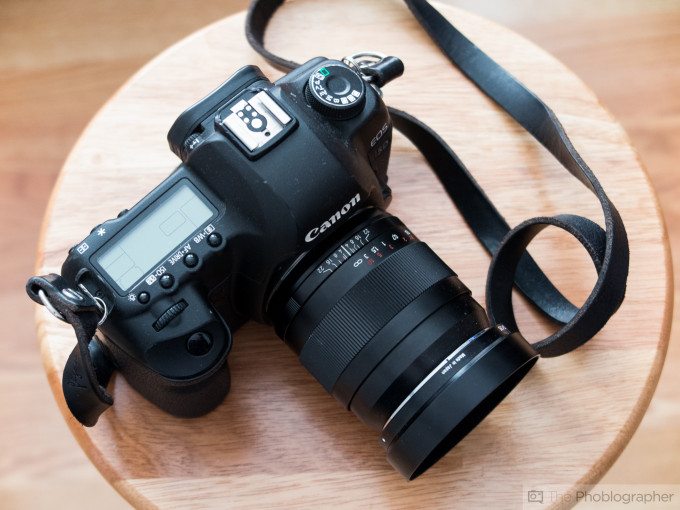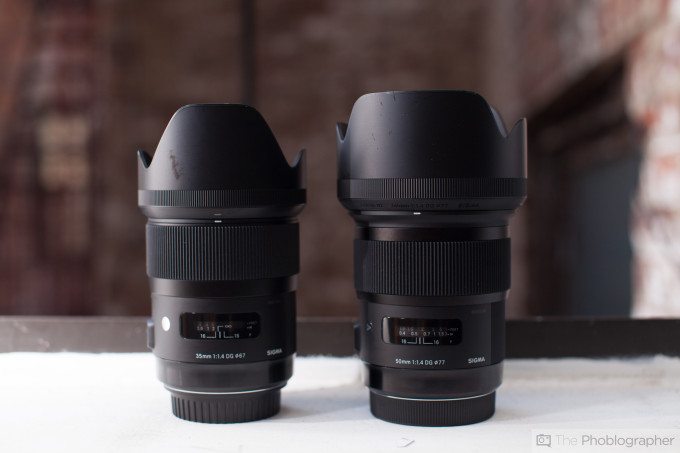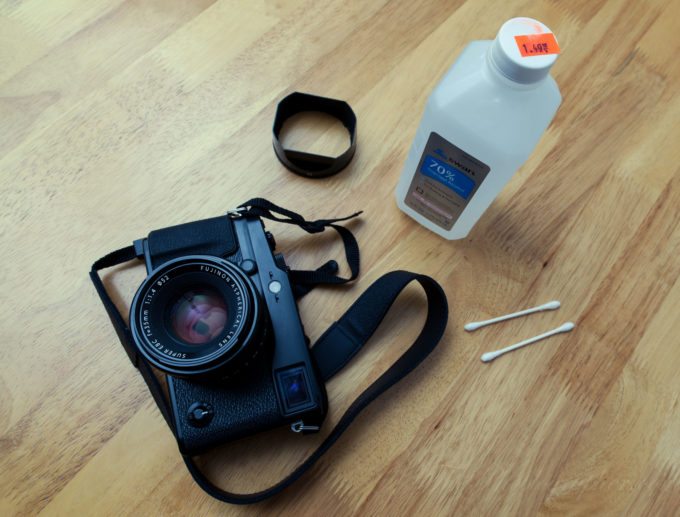Last Updated on 11/02/2014 by Julius Motal
This is my Canon 5D Mk II–for the five years that I’ve owned it, it hasn’t ever broken down to the point where I needed to replace it due to careful maintenance. The image quality that can come from the files is still phenomenal. It can still focus pretty damned well and just about as well as most other cameras out there. When the 5D Mk III came out, I had no real reason to upgrade. And despite the fact that the Phoblographer owns a ton of cameras, I consistently go back to my 5D Mk II when working. Why? Because after this long it has kept working reliably and gets the job done that I need it to do.
In fact, you could say that Canon created too good of a camera back then.
The secret to making your camera last for years and years and churning out stunning images has to do with keeping it up to date and properly maintained.
New Lenses
Give a new camera an old lens, and the quality won’t sing with resolution. Give it a new lens and it will look amazing.
Give an old camera a new lens and the same thing will happen.
I used to own all Canon L glass; but oh man did that stuff get old quickly. Two years ago, I switched all of my Canon glass over to Sigma glass because not only were the closest variants newer, but they were arguably better. If I kept sticking with the older Canon glass, I’d obviously start to see the age of them. But because of the newer lenses, I can still produce images that make my proud in the same ways that I did when I first purchased the camera.
Isopropyl Alcohol Cleanings
Want to make sure that you autofocus is always working in tip top shape? There are a couple of things that you need to do. First off, realize that everytime that you take a lens off that dirt gets in between the contacts of the lens and the camera. These contacts then grind against one another and spread more dirt and dust. The more this piles up, the more it can affect your autofocus.

To keep your camera focusing in tip top shape, you should use a Q-tip and Isopropyl alcohol. This alcohol is great for cleaning all sorts of electronics. What you need to do is dip the Q-tip into the bottle then wipe down the lens contacts on both the lens and the camera. Then with the dry side of the Q-tip scrub the contacts down. After this, try doing the body and lens caps.
Do this regularly and you’ll have no problems with the autofocus. We recommend doing it around once a month if you’re a working pro and change lenses often.
CLAs
Though this usually applies to rangefinders, CLAs stand for clean, lube adjustments. If you use your camera like your living literally depends on it, it’s not a bad idea to take it in once a year to get it fixed up, adjusted and cleaned. When my camera was starting to malfunction a bit, I sent it into Canon for servicing. A new shutter was put in, the autofocusing sensor was replaced due to partial water damage, and the prism was cleaned. However, I did this only once during its entire lifetime and during the time that I’ve had the camera I’ve also used many others.
Sensor Cleanings
Every time that you change your lens, dirt also gets onto the sensor. But sometimes liquid can get onto it too. When I was a paparazzi, I was literally at Nippon Photo Clinic every week to get the sensor cleaned due to it getting dirty from environmental factors. However, you can clean your sensor yourself with sensor swabs and with brushes designed to do stuff like this. I still use the Arctic Butterfly to do stuff like this.
The last thing that you want is dirt or liquid on your sensor and appearing in your images so that you have to clone it out each time.
Limit Your Shooting in Continuous Burst Mode
Another part of your camera that works a lot is the shutter. The best way to kill the shutter is to always shoot in continuous mode. Though shutters can last well past their lifetime, they start to develop problems after a certain point. Getting to the shutter limit (or the advertised one) can be slowed down if you try to train yourself to just shoot at a better timed interval than holding down the button and firing like the camera is a machine gun.
Follow these rules and you can make your camera last longer.





